Beans of Budapest by Chris Beatrice
Chris Beatrice's project "Beans of Budapest" is the 8th book in the Maurice’s Valises series of books. It is quite a large project (more than ten books, plus some games and other media in the works). He started developing the character of Maurice on book one, obviously, and have painted him through a huge variety of adventures. He really liked the setting because it is historical, vaguely late 19th early 20th century, which is his favorite.

Each book has 12-15 full page illustrations plus a number of smaller vignettes. I start by reading the text and making pictures in the margins – just whatever is coming into my mind as I read. The author and I then collaborate on an image list, trying to hit the highlights of the story, capitalize on the best visual moments, etc. Most of these have already been captured however crudely via my little doodles in the margins. I then work through these ideas, turning the staging around in my head, considering different light and color schemes, charting the overall color progression of the book, etc. I don’t use any visual reference at this point. Some pictures I can rough out really quickly, others are a huge amount of struggle to get what I want, which is something that is both powerful and interesting, on top of moving the story forward.
-Chris Beatrice
Well, I’m not the author, so my role as the artist was to basically interpret a kind of classic gypsy setting. Oh boy. People tell me I have a style but I’m not sure what it is. I think my work shows a lot more stylistic breadth than a lot of artists (which unfortunately is often a bad thing), so I don’t know! My influences are everything I see, but probably my earliest are NC Wyeth and the Hildebrandts, plus Alan Lee I guess.
-Chris Beatrice
As far as working professionally I’d say you need to be very thoughtful about exactly what you want to be, or do, or what kind of life you want to have. It’s not enough to just know you want to be an artist. For example, you might be able to “be an artist” full time by creating art that is not 100% your dream (for some that might be greeting cards, or whatever). For some that is really satisfying. It’s not like a real job, and you make enough to be able to do just that, plus some more personal work on the side. For others that doesn’t work. They’d rather do just their art regardless of it they can ever make a living at it. That’s fine too. You’d think the ideal is to do just your art AND make a living at it, but even that can be a problem, as you develop a following and style and suddenly it’s impossible for your art to change and grow.
-Chris Beatrice
Then there are the general categories of fine art vs. commercial art, and solo work vs. collaborative. I don’t use “fine” and “commercial” as value judgements – both are commercial in that the idea is to sell them, and much commercial art (e.g. illustration) is better art than some other “fine” art. The distinction is really in how the economics work. With fine art or gallery art you, the artist, make a bunch of work then try to sell it. With commercial art someone comes to you and offers to pay you to make what they want. That is the basic distinction. It’s easier to make money at the latter, but you are not doing just your art. In the commercial art world you also have the opportunity to work collaboratively, e.g. as one of many concept artists on a video game or movie. Some artists really thrive in this environment. Others prefer to work solo.
-Chris Beatrice
As far as just general artmaking, what I can say conclusively, is you need to keep doing it. It really is about mileage. Try, fail, try, fail, try, fail, maybe once in a while get lucky. I have been doing this a long time and that is still how it works for me. Yes you build up skills and your eyes get better and then you just want to reach higher. In fact younger artists are often more satisfied with their work than those who have been doing it a long time! Don’t look at someone else’s great art and think it was easy. It may look easy, but that’s what it’s supposed to look like. Artists just starting out have no idea how much we bleed to make that picture come together. And we only show the good stuff, not the pile of failures necessary to get the few good ones.
-Chris Beatrice
I would also say make sure to pursue your own voice. Whether that is a single voice that screams loud and clear and nearly identically in all your pictures, or a small set of different voices, or a huge variety, as long as you are trying to be YOU and not someone else (or worse everyone else) then your art will have power and value. If you try too hard to be someone else the best you could possibly achieve would be a weak version of that artist, which is pointless, because the world already has the real thing and doesn’t need your imitation. But if you are just you then that is something. Whether you are famous and successful or not at least you have added real art to the world. This “be yourself” thing sounds like a cliché but I will push it further: you can appreciate a lot more art as a viewer than you will ever be able to create as a maker. That’s just the way it is. You have your voice and your tool kit. I’m not talking about skills – you can definitely learn to be the best drafts person in the world, as that is a learned skill. But if you want to make art it needs to be authentic, and that you cannot cheat or learn from mimicking what is authentic for some other artist. That is a non-sequitur.
-Chris Beatrice
This is a very important point because as artists we must walk a very difficult line. We are all influenced by all the art that came before us. Probably 99.9% of what we do is just that (or else we’d all still be doing cave paintings). Yet somehow we need to figure out which parts of that are us (me) and which are not. We also want to be objective about our work, and the way to do that is often to compare it to other work. Maybe you are unhappy with the way you draw hands, so what do you do? Do you say, I guess I’m not a hands artist, and give up people and just paint animals or landscapes? That’s fine if that’s what you want to do. Or do you learn to draw hands better by studying them and also studying how other artists have drawn hands? What if you find the artist whose hand drawing, to you, is absolutely perfect – do you mimic that person? Why not? With art making it is very difficult to know where you need to push yourself and where you need to just be yourself. That is the real struggle.
-Chris Beatrice
About Chris Beatrice
Chris Beatrice have always been interested in illustration. Even as a little kid his art was always reading stories then representing them visually. He went to a vocational high school where he was able to spend every other week full time in the art studio. The major was “commercial art” which basically included illustration, graphic design, basic drawing, typesetting, and so on. In the final year they focused on portfolio development so he was very well prepared for art school. However… in art school (Mass College of Art) he actually majored in sculpture (metals). He has so many interests he's always jumping from thing to thing, so there you go. He spent four years making small metal sculptures and jewelry and doing very little 2d work. And then… after art school he went right back to illustration, having unfortunately not gained the benefit of much college level training in painting and picture making beyond the boot camp stuff all students do as freshmen. He had to teach himself anatomy, advanced drawing and painting, composition, etc. He still feel he have huge holes in his knowledge and hear other artists discussion concepts and principles of painting that are unknown or unfamiliar to him. The bright side is a lot of that is pseudo-science and false dogma that he haven't been subject to. He have a very discerning bs detector which has allowed him to find his own truths where art and science meet. But he digress… while working on his own illustrations (not professionally) actually became an art director in the video game industry. There Chris did mostly 3d modeling and animation. Eventually he rose to become a game designer and finally studio head, with his own game development company of about 65 full time employees. He did no professional art during this period. Then a few years ago he decided to go professional as an illustrator as this is what he always wanted to do. He spent what little spare time he had putting together a small but pretty good portfolio of about 15 pictures. He signed with a rep and started getting work immediately and have been very busy ever since, though he split with the rep after a year or so. See more of his works on Behance or his website.

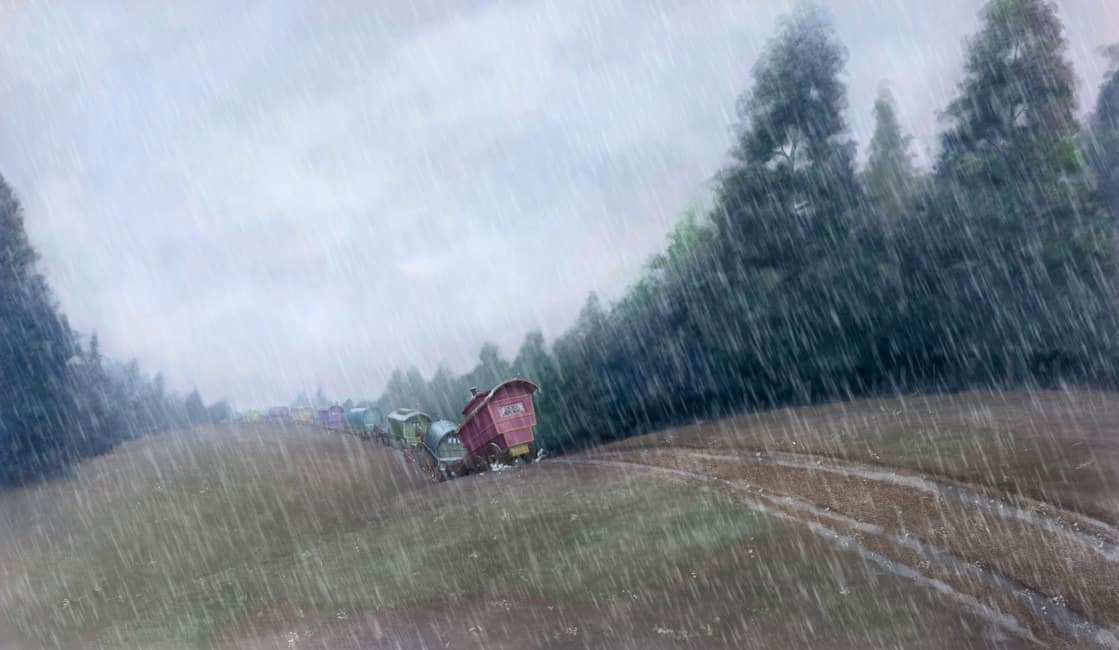
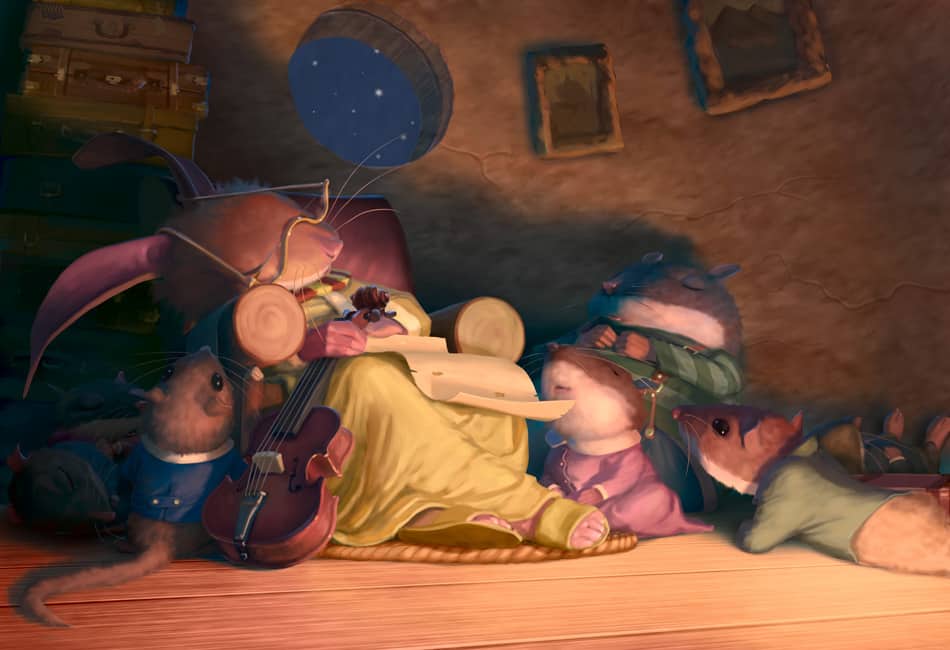

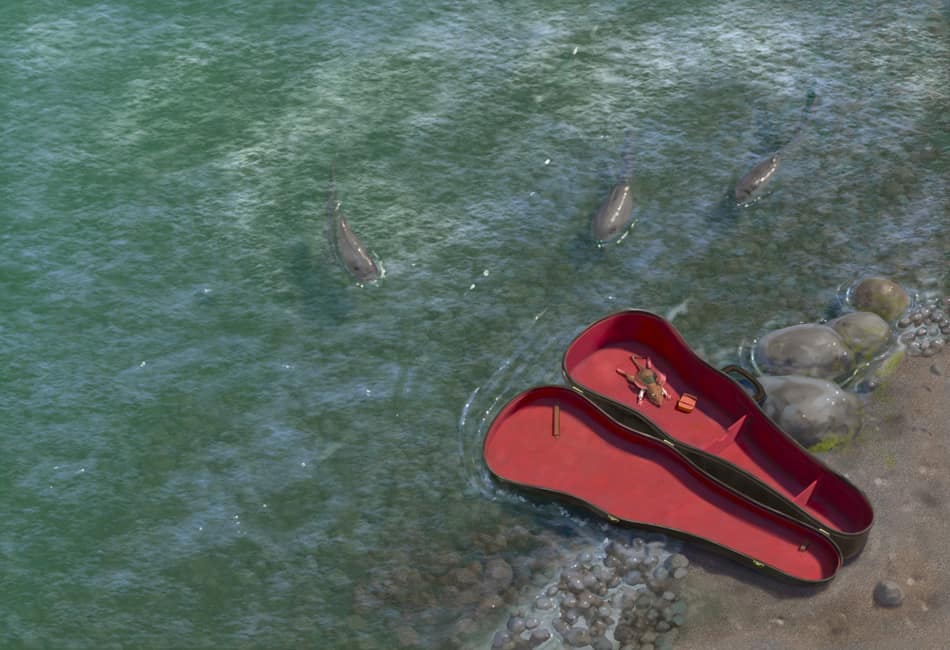

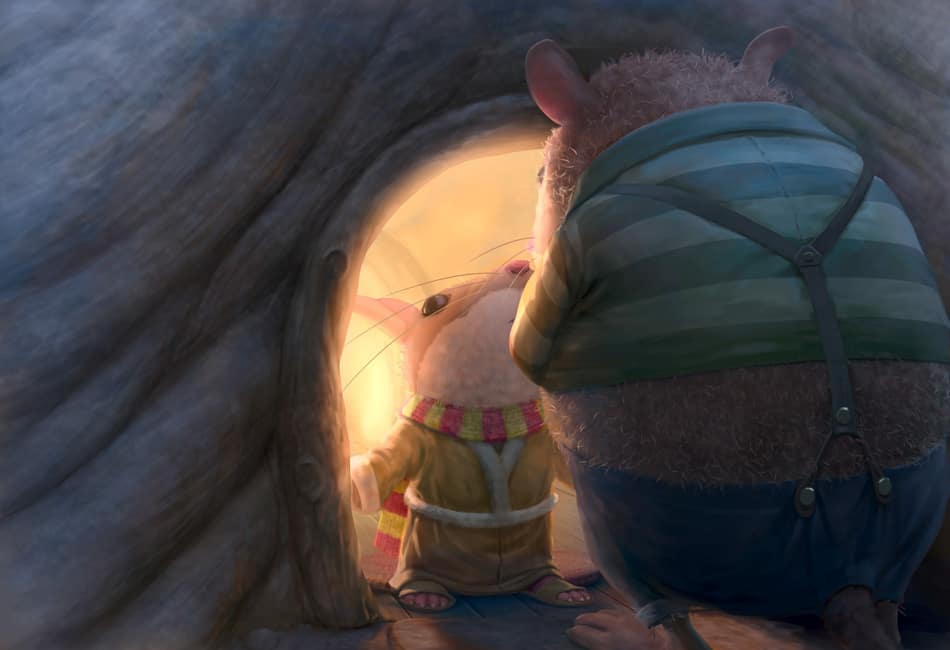


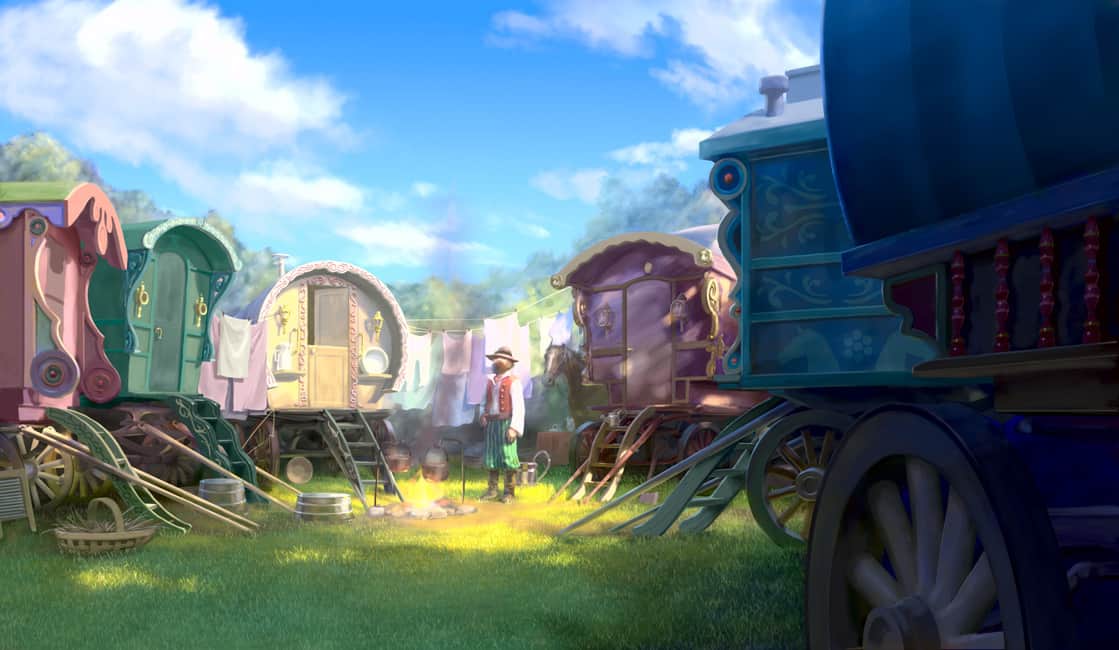

Such a cutie. Very nice =)
Superb illustrations! Lovely work :)